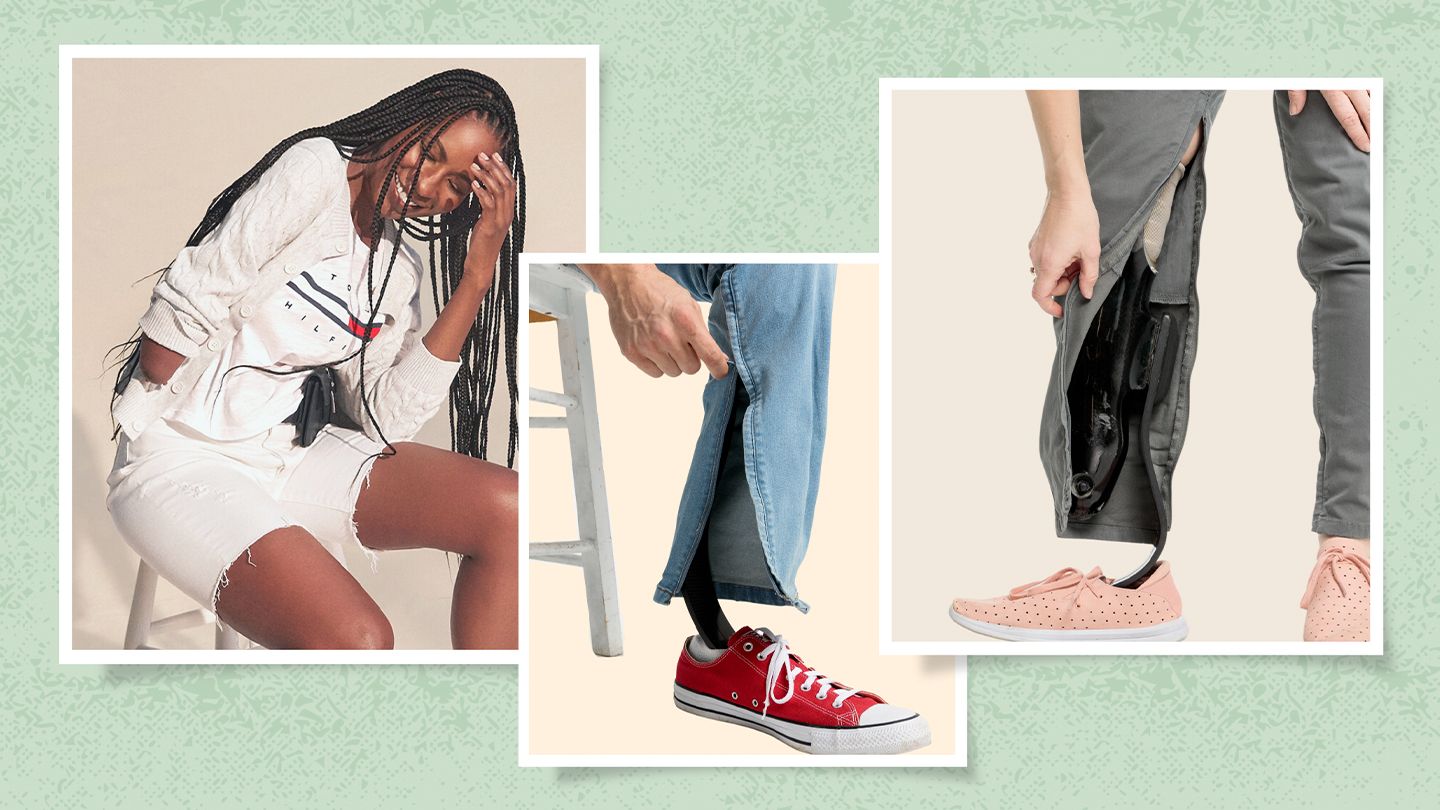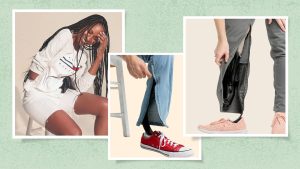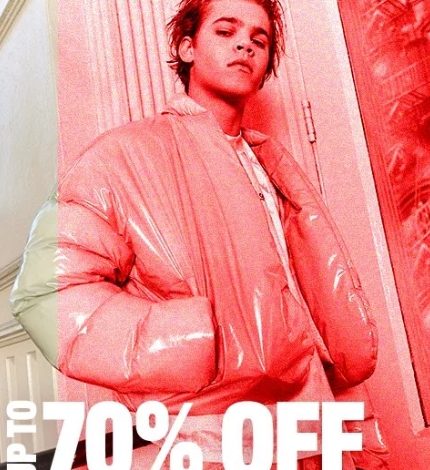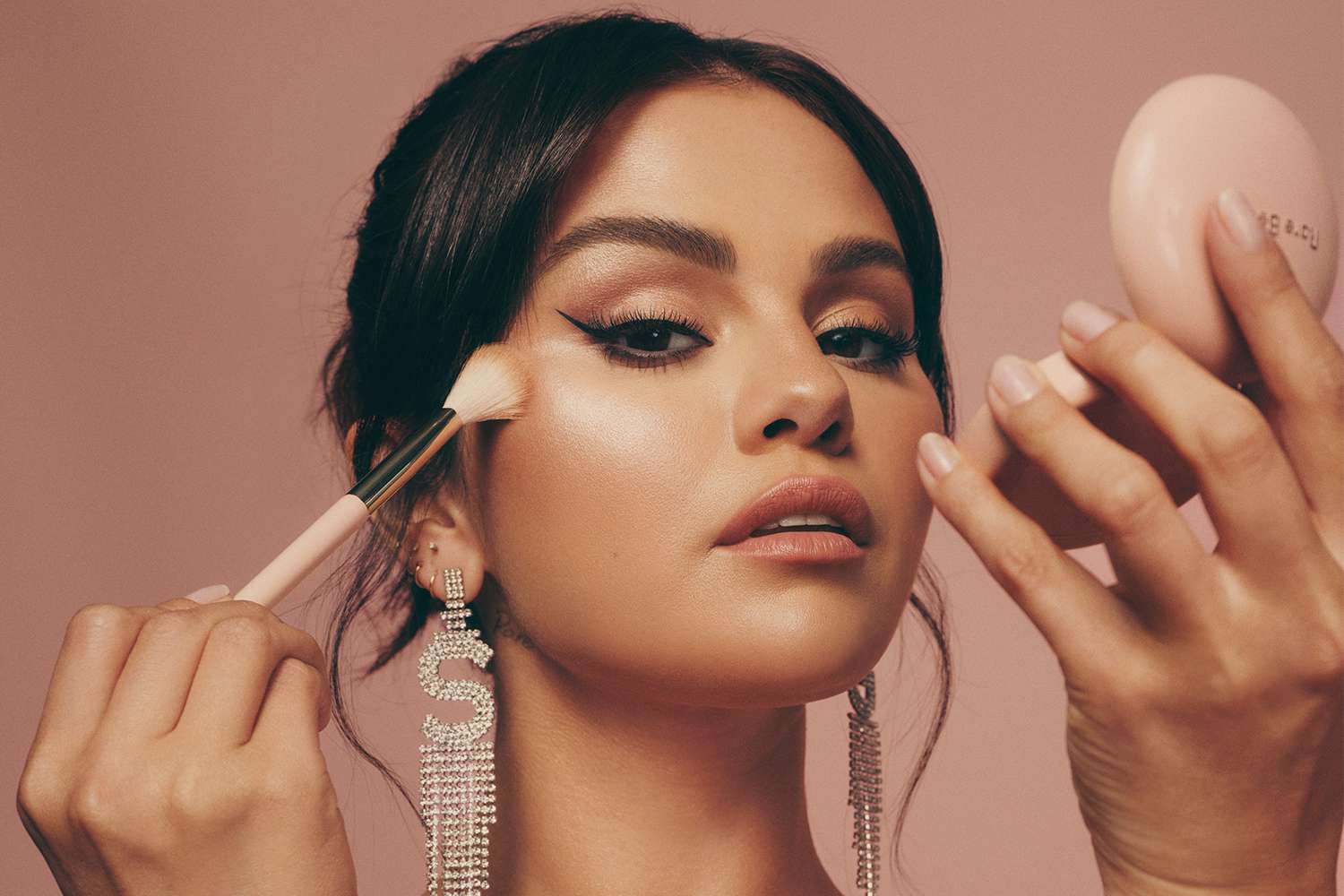
Fashion for the Differently-Abled: Style Without Limits
Being fashion-forward and expressing personal style is something that most people take for granted. We are constantly bombarded with trendy clothes, new collections, and fashion advice from magazines and influencers. However, for differently-abled individuals, fashion is not always as accessible. Many times, clothing options are limited, uncomfortable, or simply not designed with their specific needs in mind.

As a person with a physical disability myself, I have often found it challenging to find clothes that not only accommodate my needs but also make me feel stylish and confident. It was frustrating to constantly compromise between comfort and fashion. But in recent years, there has been a growing recognition of the need for inclusive fashion that caters to all body types and abilities.
The fashion industry is slowly changing, and designers are starting to embrace the idea of “adaptive clothing” – clothing that is functional, comfortable, and stylish for people with different disabilities. Adaptive clothing includes features like magnetic closures, adjustable waistbands, and Velcro fastenings, making it easier for individuals with limited mobility to dress themselves independently.
One brand that has made significant strides in the field of adaptive clothing is Tommy Hilfiger. Their collection, called Tommy Adaptive, offers a wide range of clothing options for people with disabilities. From jeans with adjustable waists to shirts with magnetic buttons, their designs prioritize both style and functionality. What sets them apart is their approach to inclusive fashion – they make it a point to include diverse models with disabilities in their fashion campaigns, normalizing the idea that disability is not a barrier to style.
Another brand that is making waves in the world of adaptive fashion is IZ Adaptive. Founded by designer Izzy Camilleri, who is known for her work with celebrities like David Bowie and Meryl Streep, IZ Adaptive offers a wide range of stylish and versatile clothing options for wheelchair users. Their collection includes innovative designs such as detachable sleeves, adjustable hemlines, and pants with reinforced seat areas, all of which are specifically designed to enhance comfort and mobility.
One major breakthrough in the field of adaptive fashion is the rise of 3D-printed clothing. This technology allows for the creation of custom-fit garments that perfectly suit an individual’s unique body shape and needs. 3D-printed prosthetics have already made a significant impact in the medical field, but fashion designers are now exploring the possibilities of 3D-printed clothing that can be easily modified to meet specific requirements.
The shift towards inclusivity in fashion doesn’t stop at physical disabilities. The fashion industry has also started to recognize the importance of representation for individuals with intellectual and developmental disabilities. Brands like Runway of Dreams, inspired by a mother’s journey to find fashionable clothing for her son with a disability, are dedicated to creating adaptive clothing specifically for people with conditions such as autism and Down syndrome. They prioritize sensory-friendly fabrics, easy-to-wear designs, and inclusive sizing, ensuring that everyone can embrace their personal style.
While the rise of adaptive fashion is undoubtedly encouraging, there is still much work to be done. Designers, retailers, and consumers need to continue pushing for greater inclusivity and accessibility. It’s crucial to challenge societal norms around beauty and fashion, to highlight the unique style and experiences of differently-abled individuals.
In addition to designers, influencers and fashion bloggers have an important role to play in this movement. By showcasing and discussing inclusive fashion options, they can inspire others to embrace their personal style without limits. Collaboration between designers, influencers, and differently-abled individuals is key to ensuring that adaptive fashion becomes the norm rather than the exception.
In conclusion, fashion for the differently-abled is an area that has long been overlooked but is finally starting to gain the attention it deserves. Adaptive clothing offers stylish and functional options for individuals with disabilities, while designers are pushing the boundaries of innovation with 3D-printed garments and inclusive designs for a range of disabilities. By continuing to push for inclusivity and representation, we can create a fashion industry that celebrates and embraces diversity, allowing everyone to express their individuality without limitations. Together, let’s rewrite the rulebook of fashion, proving that style truly knows no bounds.



